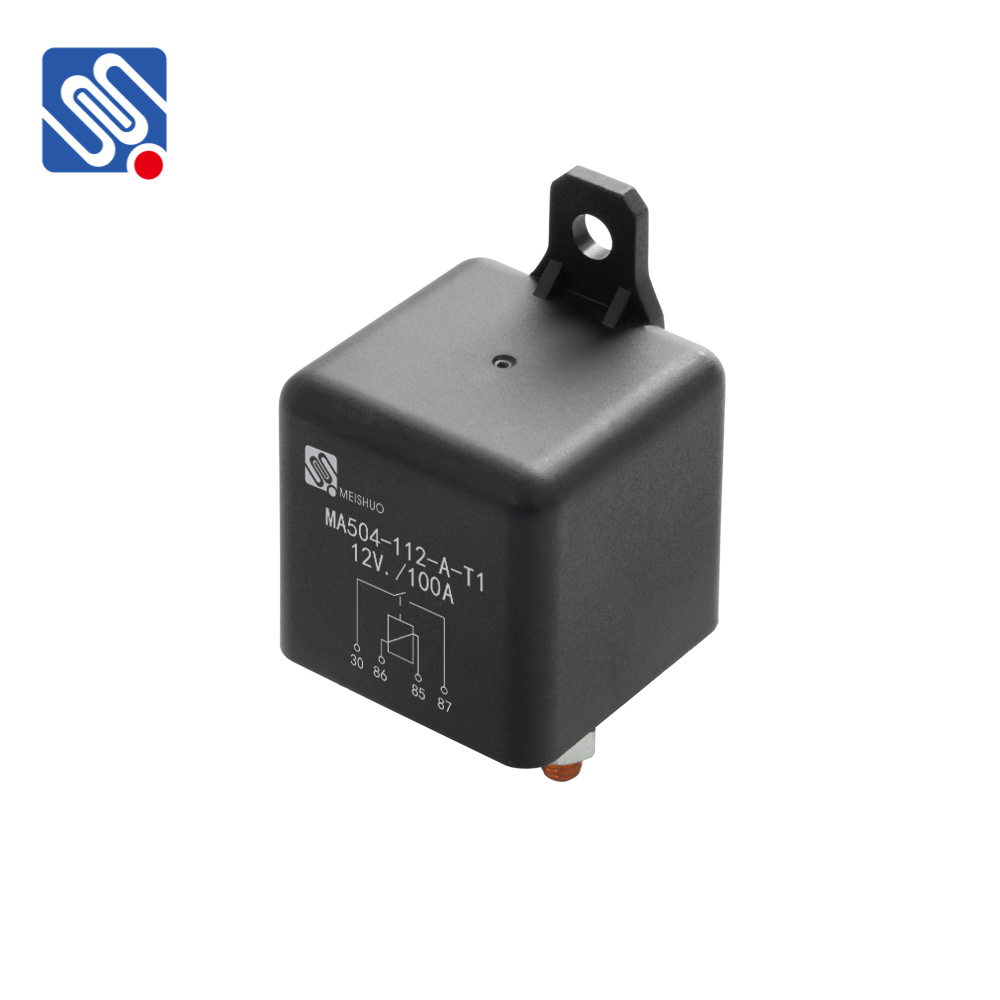Relays are essential components in modern electrical and electronic systems, providing a reliable means of controlling high-power circuits with low-power signals. One crucial aspect of relay functionality is the concept of “relay load,” which refers to the type and amount of load that a relay is designed to handle. Understanding relay load is important for ensuring the longevity and efficiency of electrical systems, as it directly influences the performance and safety of the entire circuit. This article will explore the principles of relay load, the different types of loads, and key considerations for selecting the appropriate relay.

What is Relay Load? Relay load refers to the electrical load that a relay controls or switches on and off in a circuit. A relay operates as a switch that is activated by a small electrical current, which then closes or opens a set of contacts to control the larger current passing through the load. The load could range from simple devices like light bulbs or fans to more complex machinery, such as motors or industrial equipment. Essentially, a relay enables the control of high-power devices with a low-power control signal, providing a convenient way to automate various processes. Types of Relay Loads